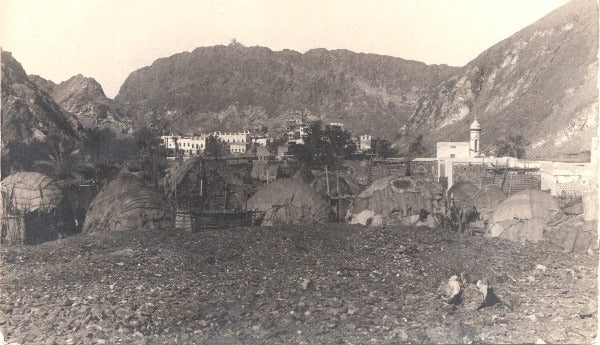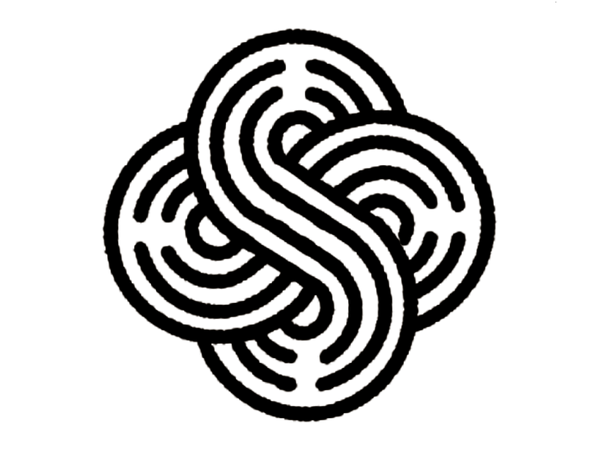
Guardians of the Desert: The Bedouin Nomadic Tribes of Oman
Awaken To The OneShare
Exploring the Bedouin Nomadic Tribes of Oman: Guardians of a Vanishing Heritage
Oman, a land of mesmerizing deserts, rugged mountains, and a coastline kissed by the Arabian Sea, has a deeply rooted cultural and historical identity. Among its most enduring and enigmatic inhabitants are the Bedouin nomadic tribes. These tribes have traversed the arid expanses of Oman for centuries, adapting to one of the harshest environments on Earth while preserving a lifestyle that offers a window into the region's past. In this blog, we delve into the rich tapestry of Bedouin culture, their traditional ways of life, and the challenges they face in the modern era.
Who Are the Bedouins?
The term "Bedouin" comes from the Arabic word badawi, meaning "desert dweller." Traditionally, Bedouins are nomadic or semi-nomadic tribes who inhabit the deserts of the Arabian Peninsula, including Oman, Saudi Arabia, Jordan, and the United Arab Emirates. In Oman, Bedouins are predominantly found in the Sharqiya Sands (also known as the Wahiba Sands), a vast desert region that covers over 12,000 square kilometers.
Bedouin tribes in Oman are characterized by their strong sense of identity, loyalty to their families and tribes, and deep connection to their ancestral lands. They have traditionally lived as herders, traders, and craftsmen, relying on their intimate knowledge of the desert for survival.
Traditional Bedouin Lifestyle
The Bedouins' way of life is shaped by the desert's unforgiving environment. Historically, they led a nomadic existence, moving from place to place in search of water and grazing lands for their livestock, which typically include camels, goats, and sheep. These animals are not only a source of sustenance but also integral to their cultural identity.
1. Housing
The Bedouins traditionally live in tents made from goat or camel hair. These tents, known as beit al-sha’ar ("house of hair"), are portable and provide insulation against the extreme temperatures of the desert. The design allows them to be easily dismantled and transported, aligning perfectly with the nomadic lifestyle.
2. Diet
Bedouin cuisine is simple and resourceful, reflecting the limited availability of ingredients in the desert. Staples include dates, milk (often from camels or goats), and flatbread baked over open fires. Meat, particularly camel and goat, is reserved for special occasions or feasts.
3. Clothing
Bedouins wear clothing suited to the desert climate: loose-fitting garments that provide protection from the sun and sand. Men typically wear a long white robe (dishdasha) and a headscarf (keffiyeh or ghutra), while women often wear brightly colored dresses adorned with intricate embroidery.
4. Social Structure
The Bedouin society is organized around tribes and clans, with a hierarchical structure that emphasizes loyalty and kinship. Tribal elders, or sheikhs, play a central role in decision-making and conflict resolution.
Bedouin Traditions and Practices
Despite the pressures of modernization, Bedouin tribes in Oman continue to practice many of their ancient traditions:
- Oral Poetry and Storytelling: Bedouins are renowned for their rich oral traditions, including poetry that celebrates themes of love, honor, and the natural beauty of the desert.
- Camel Racing: A traditional sport that has evolved into a popular modern event, camel racing remains a vital part of Bedouin culture.
- Handicrafts: Bedouin women are skilled in weaving and embroidery, producing rugs, bags, and textiles that reflect their heritage.
Modern Challenges
The Bedouin way of life is under increasing threat from modernization and urbanization. As Oman’s economy grows and infrastructure expands, many Bedouins have transitioned to sedentary lifestyles, settling in villages or towns. Government programs aimed at improving living standards, such as education and healthcare, have inadvertently encouraged this shift.
Additionally, climate change poses a significant challenge, as rising temperatures and desertification further limit access to water and grazing lands.
Efforts to Preserve Bedouin Culture
Recognizing the importance of preserving Bedouin heritage, Oman has undertaken initiatives to document and celebrate their traditions. Cultural festivals, such as the annual Muscat Festival, showcase Bedouin music, dance, and crafts. Some tribes have also embraced eco-tourism, offering visitors the chance to experience desert life firsthand through guided tours and stays in traditional Bedouin camps.
Conclusion
The Bedouin tribes of Oman are custodians of a rich cultural legacy that connects the present to a time when life was inextricably tied to the rhythms of the desert. While their traditional way of life faces significant challenges, the resilience and adaptability that have defined the Bedouins for centuries may yet ensure their survival in a rapidly changing world. By understanding and appreciating their heritage, we not only honor their contributions to Omani culture but also recognize the value of preserving a way of life that is both ancient and enduring.
